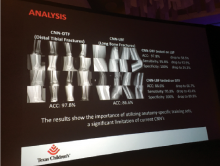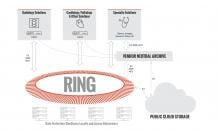Burnout has become a popular buzzword in today’s business world, meant to describe prolonged periods of stress in the workplace leading to feelings of depression and dissatisfaction with one’s occupation. The topic has become so pervasive that the World Health Organization (WHO) addressed it at its 2019 World Health Assembly in Geneva in May, adding burnout to the 11th revision of the International Classification of Diseases (ICD-11) — although classifying it as an “occupational phenomenon” rather than a medical condition.
© Copyright Wainscot Media. All Rights Reserved.
Subscribe Now




